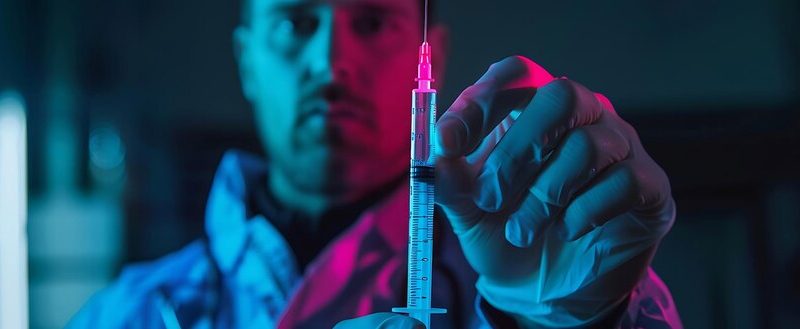Understanding Naltrexone Injection Therapy
Addiction recovery can be a challenging journey, but modern medicine offers effective tools to aid in the process. Naltrexone injection therapy is one such tool that has gained popularity for its role in treating opioid and alcohol dependence.
This article gives an overview of how this therapy can support recovery.
What is Naltrexone?
Naltrexone is a medication designed to help individuals struggling with opioid and alcohol addiction. It works by blocking opioid receptors in the brain, which helps reduce cravings and the rewarding effects of these substances. Unlike some other treatments, naltrexone injection is not addictive and does not produce a high.
How Does Naltrexone Injection Therapy Work?
This injection therapy involves administering the medication via a monthly injection, in a healthcare setting. The extended-release formula ensures the medication is steadily released into the bloodstream, maintaining its effectiveness over time. This method is particularly beneficial for individuals with difficulty adhering to daily oral medication regimens.
Benefits of Naltrexone Injection Therapy
This therapy offers several advantages:
- Reduced Cravings: By blocking opioid receptors, naltrexone helps diminish the intense cravings that often lead to relapse.
- Improved Adherence: The once-monthly injection simplifies the treatment process, reducing the need for daily medication and improving adherence to the treatment plan.
- Lower Relapse Rates: Studies have shown that individuals receiving naltrexone injections are less likely to relapse compared to those relying solely on willpower or other treatments.
Who Can Benefit from Naltrexone Injection Therapy?
This therapy is suitable for individuals with a history of opioid or alcohol dependence. It is helpful for those who have already undergone detoxification and are seeking to maintain their sobriety. Before starting this therapy, it’s essential to undergo a medical evaluation to ensure no contraindications.
Possible Side Effects and Considerations
Like any medication, naltrexone injections can cause side effects. Common side effects include nausea, headache, dizziness, and injection site reactions. Discussing these potential side effects with a healthcare provider and having regular follow-ups to monitor the body’s response to the treatment is crucial.
Individuals should be aware that naltrexone can precipitate withdrawal symptoms if opioids are still in the system. Therefore, a period of abstinence from opioids is required before starting the therapy.
How to Get Started with Naltrexone Injection Therapy
Getting started with this therapy involves a few straightforward steps:
- Consult a Healthcare Provider: Schedule an appointment with a healthcare professional to discuss your interest in this therapy and undergo a medical evaluation.
- Complete Detoxification: Ensure you have completed detoxification and have been opioid-free for the required period.
- Receive the Injection: Once cleared by your healthcare provider, you will receive your first injection in a medical setting.
- Regular Follow-Ups: Schedule regular follow-up appointments to monitor your progress and address any concerns or side effects.
Conclusion
Naltrexone injection therapy represents a significant advancement in the treatment of opioid and alcohol dependence. Its ability to reduce cravings and improve treatment adherence makes it a valuable tool in the recovery process. By understanding how these injections work and the benefits they offer, individuals can make informed decisions about their treatment options. With the support of healthcare providers and the right treatment plan, recovery from addiction is within reach.

